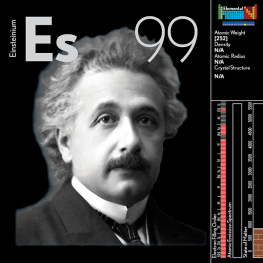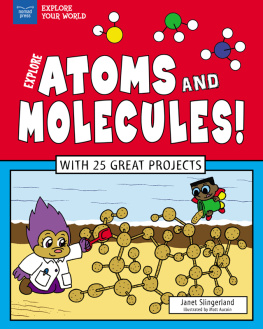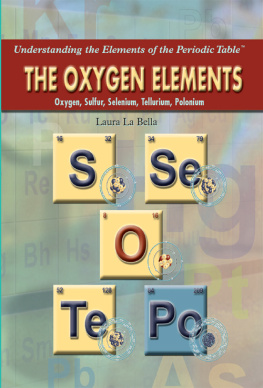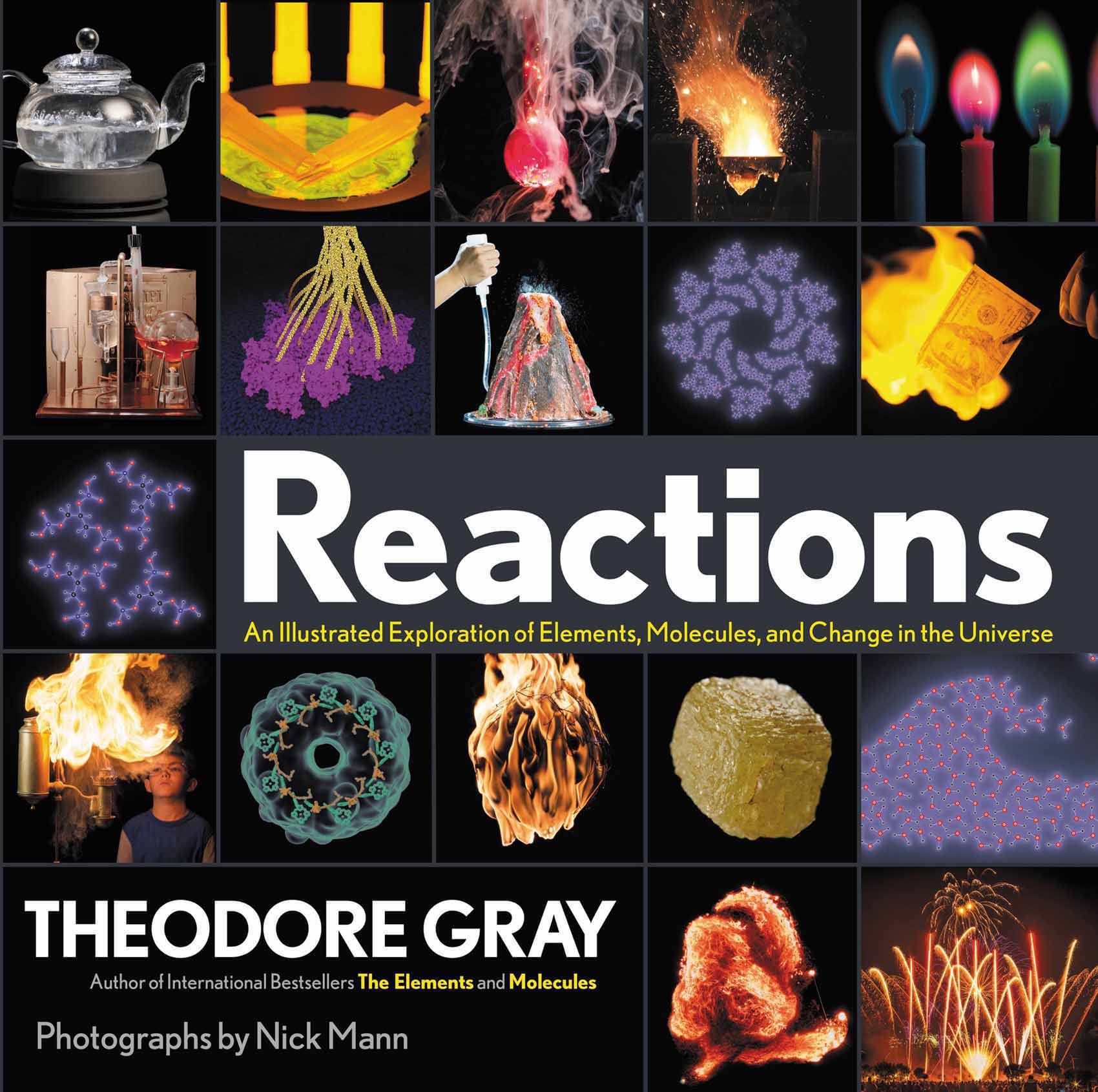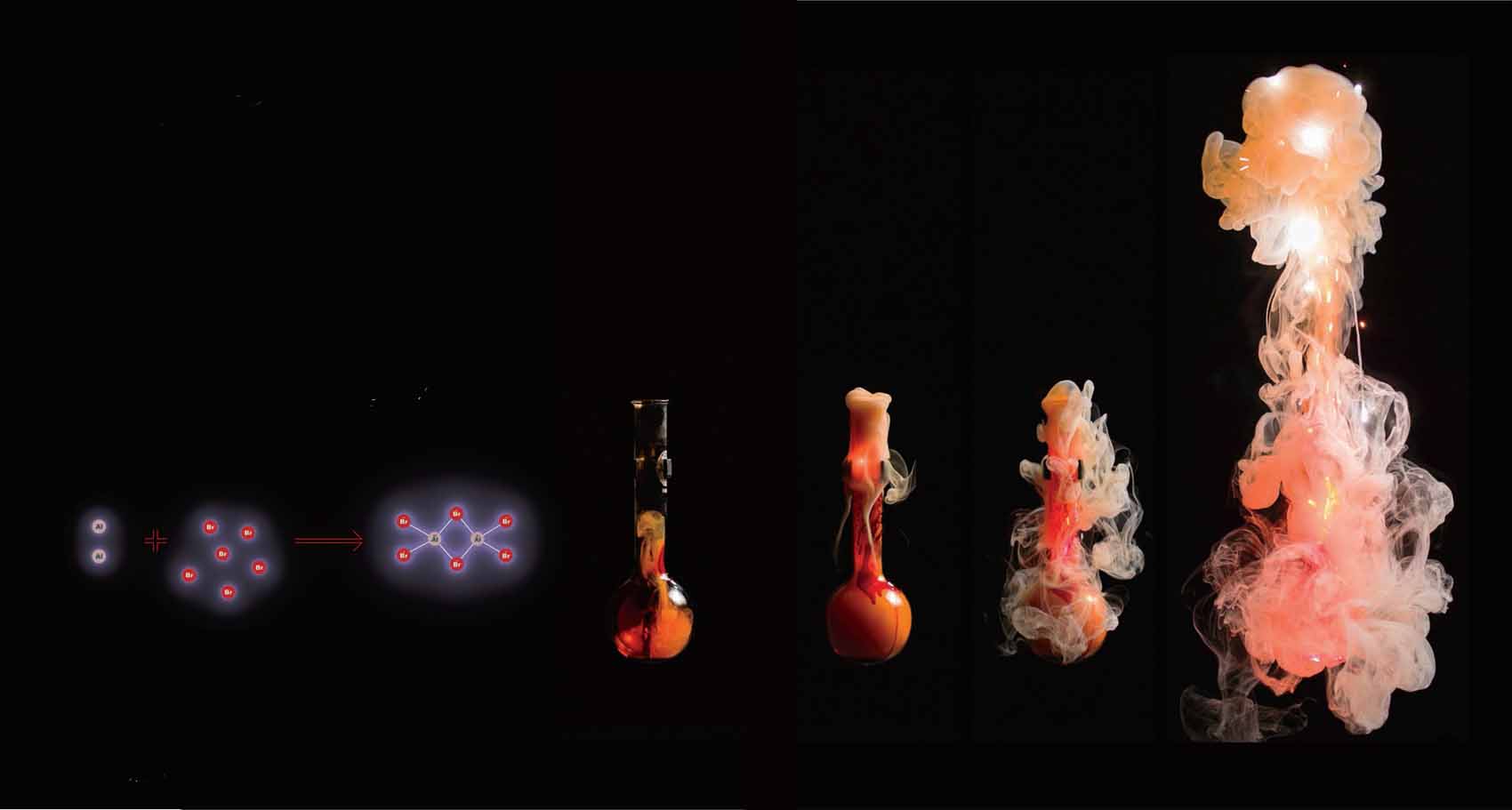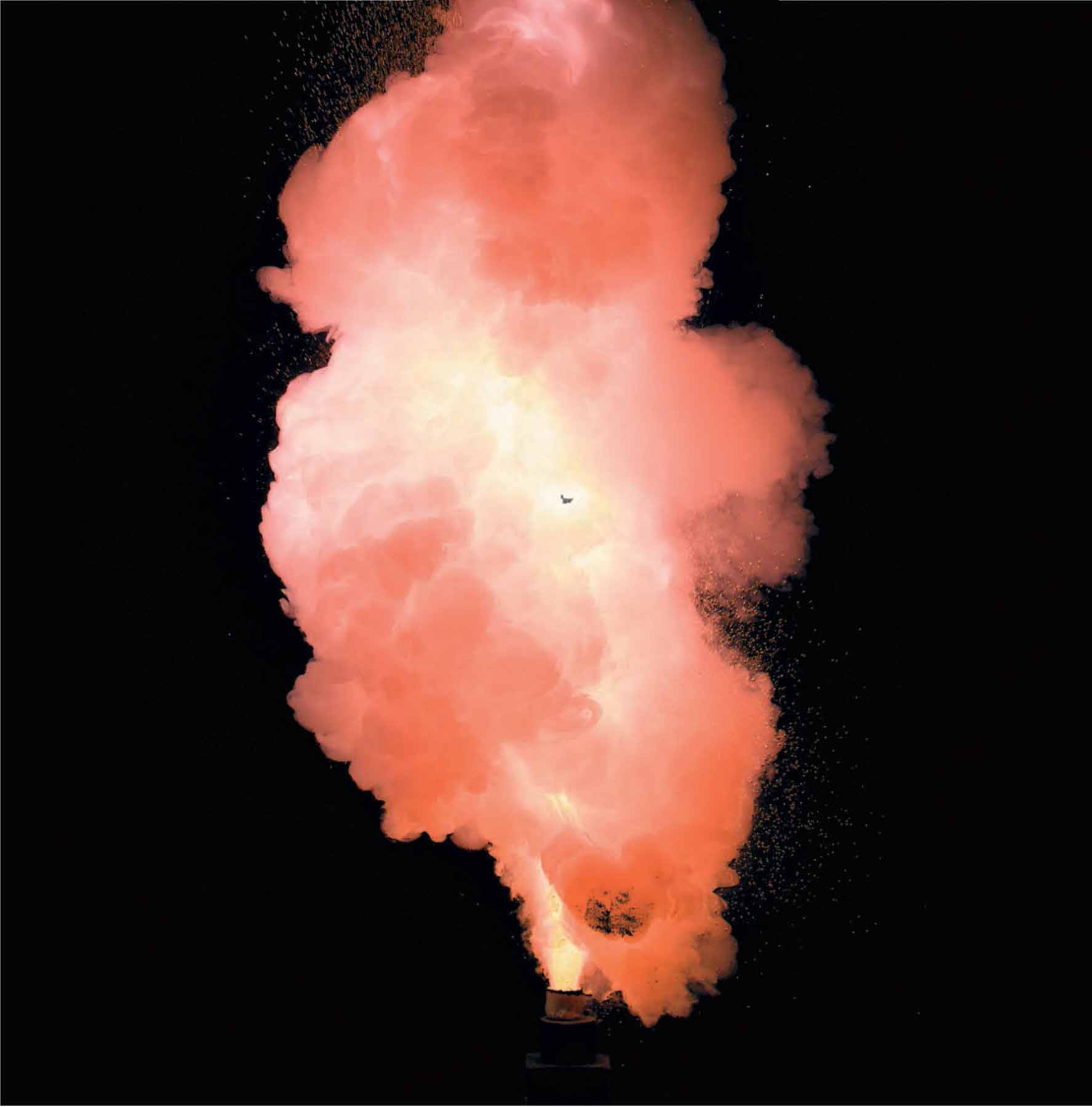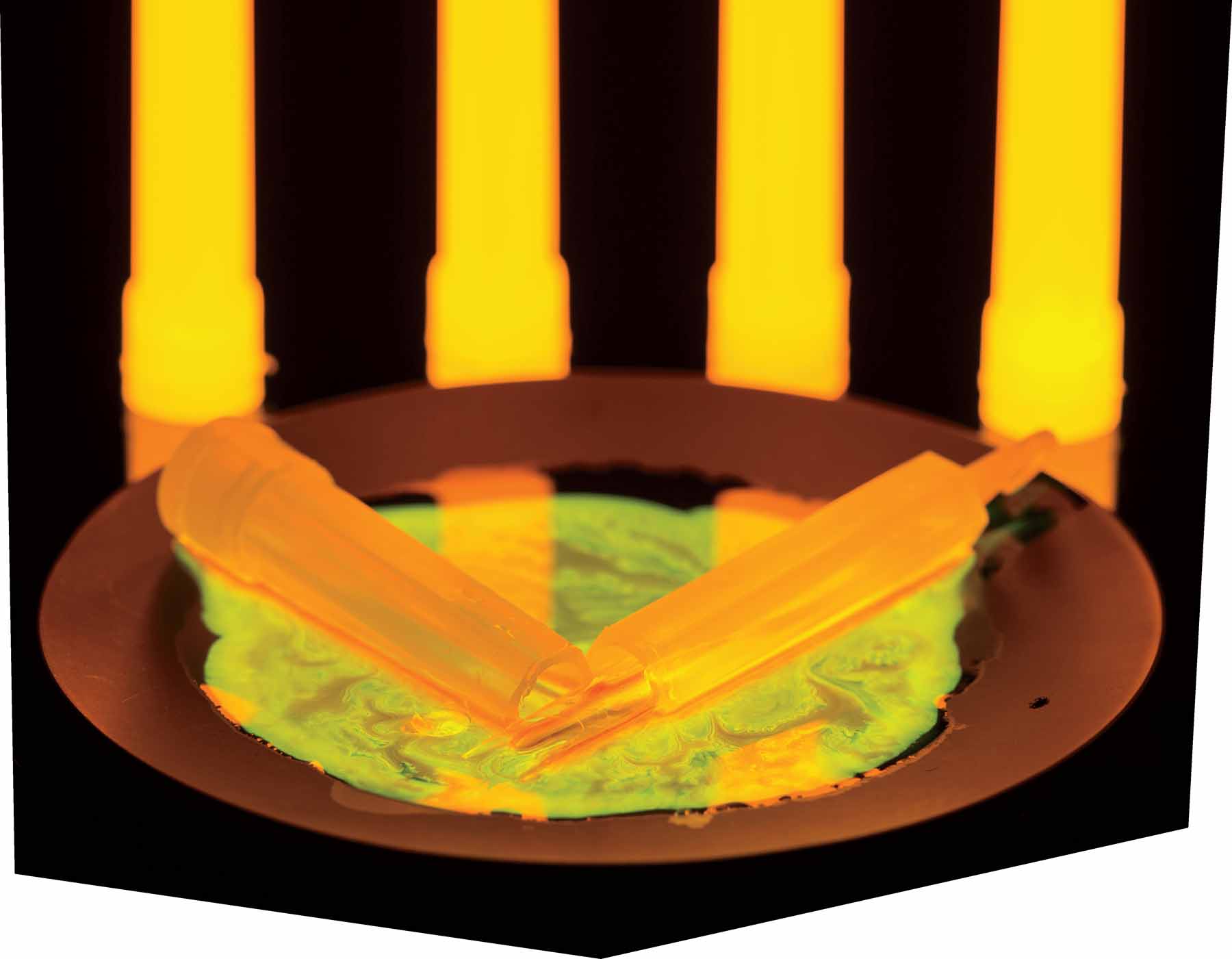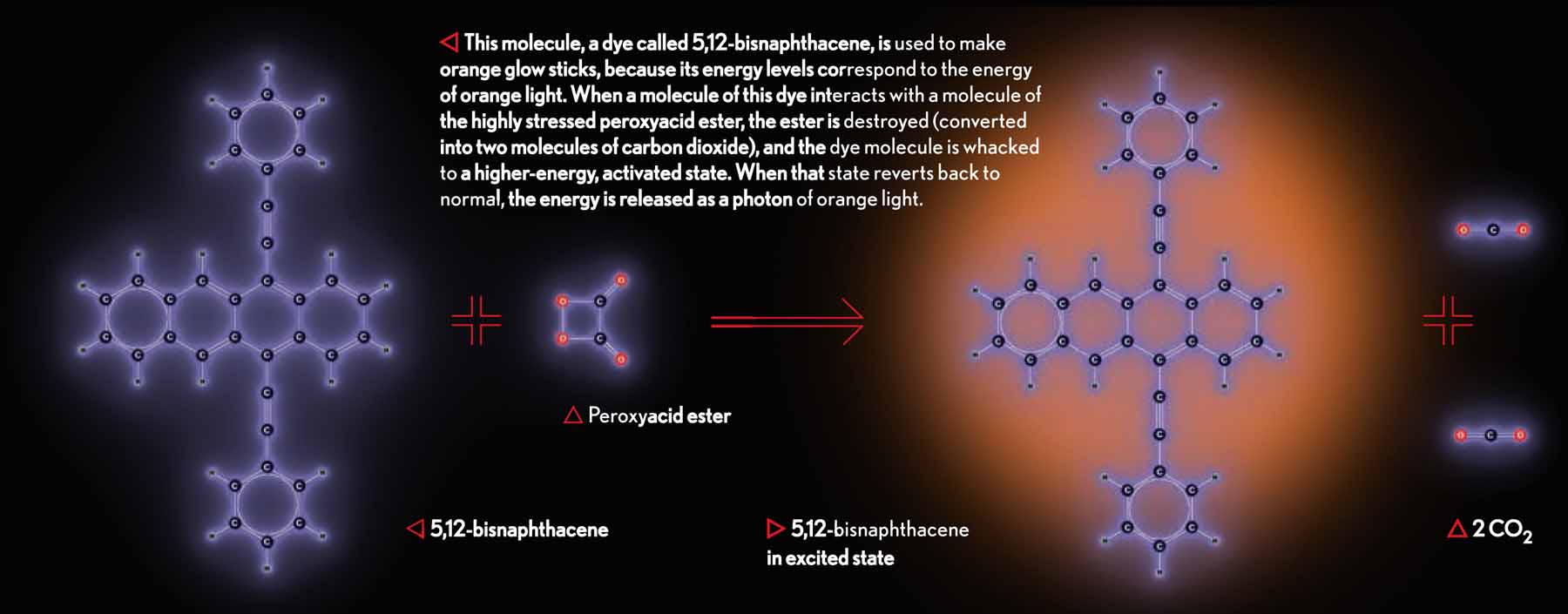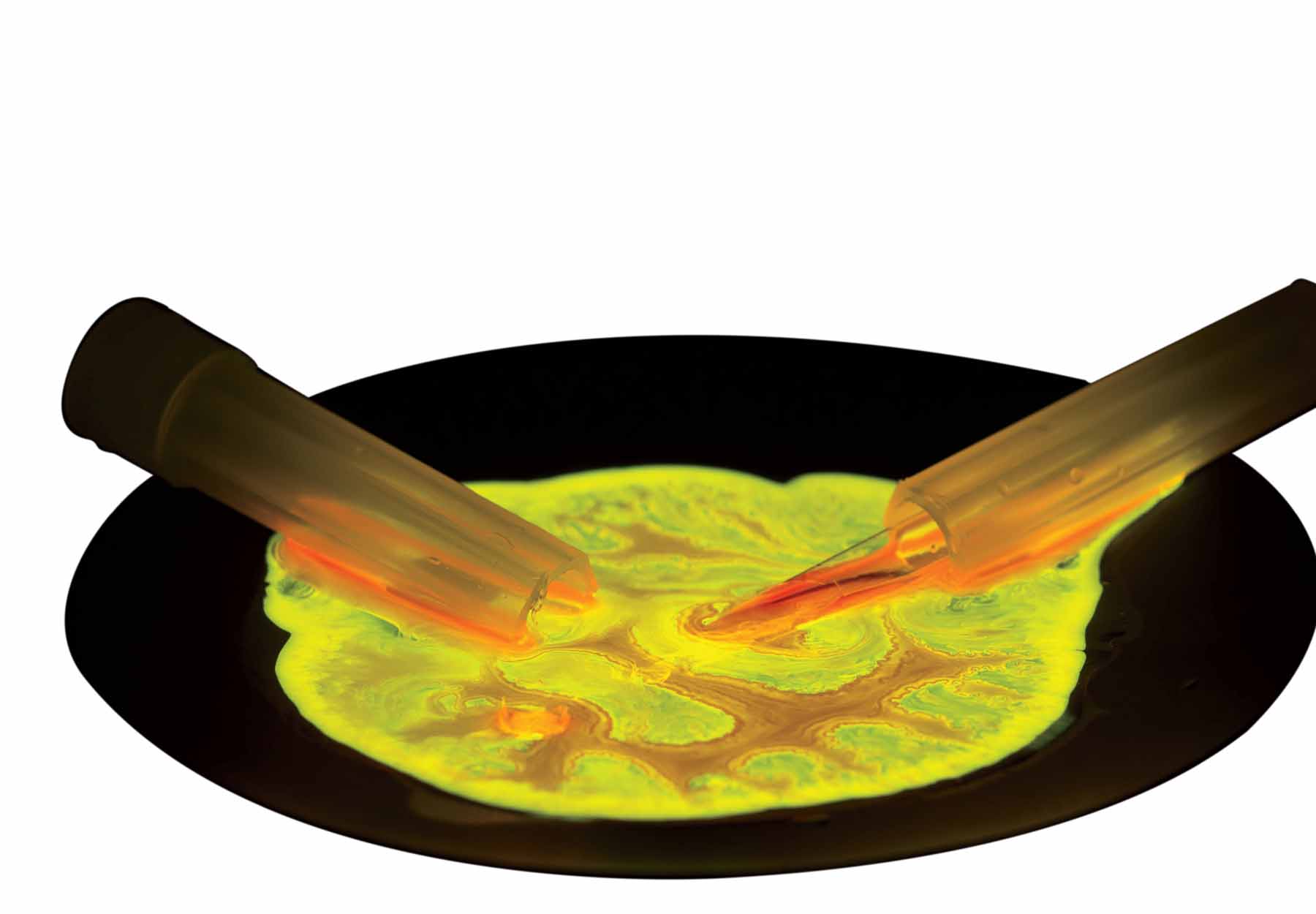I hope you enjoy reading any or all of these books, as much as Ive enjoyed writing them.
IT IS IMPORTANT to stand in awe of nature, and to be no less dazzled by the energies and forces of the world just because we have learned to understand and control them.
Push two strong magnets against each other and feel the invisible force that repels one from the other. Go ondo it now if you can. Come back when you are filled with a sense of miracle and wonder that such things exist and that you have the supreme privilege of holding not one, but two of them.
Do not be misled by the fact that magnets are dirt common, or that we know exactly how they work and how to make more of them. A magnet is an object from another world, like a moon rock or meteor that fell from another star. It is a visitor to our human world that carries with it the knowledge and power of its home world.
That home is not another planet, but another scale. It is the vanishingly small world whose native inhabitants are the quantum forces that control the nature of matter and energy.
Quantum magnetic forces exist in all matter, all the time, but normally they work in opposite directions, cancelling each other out. They are hiding in plain sight. But when we create a strong magnet, we align a vast number of individual quantum forces in the same direction, coaxing this astonishing force up into our world where we can feel it push and pull on our hands.
The quantum world of the very small is also the home world of chemistry. When we see a fire burn or a leaf change color, this is the action of atoms in numbers beyond imagination, all working together to create an effect visible on the human scale.
This is the world we will explore in the chapters to come.
Consider the humble glow stick. You break an inner capsule to mix two solutions together, and suddenly the whole thing starts to glow! How on earth is that even possible? I insist that you be amazed by this object, even though it is available at gas stations for less than the price of a bottle of water.
Where does the light come from?
Light is made of countless individual photonspackets of energy that travel through space at the speed of light. There are many different ways of making photons. The way its done in a glow stick is one of the most complicated: each photon is lovingly handcrafted by its own single-use chemical machine.
We designed and built these machines from scratch, so we know exactly how they work, and I can explain them to you. (Dont worry if many of the words in this explanation are not familiar: well come back to them one at a time later in the book.)
To get light from a chemical mechanism, you need a molecule that is able to absorb and emit photons of light with the right amount of energy to be visible (too little energy and the photons are invisible infrared light, too much energy and they are invisible ultraviolet light).
The dye molecule in this reaction can be reused indefinitely, but the other molecules can only be used once: Their destruction supplies the energy needed to create the photon. All the work of this elaborate machine goes into creating one single photon of light. If you want another photon you have to use up another set of molecules.
A typical glow stick activates and destroys about 10,000,000,000,000,000 (ten thousand million million) of these machines every second to produce the light we see coming from it.
THE TITLE OF this chapter is Chemistry Is Magic, yet I just told you exactly how one particular bit of chemical magic works. Doesnt that mean its not magic?
I like to use the word magic the way its used by stage magicians. A magic trick is magic because it seems to be supernatural, until you understand how the trick is done. Some people enjoy the mystery of not knowing, but I always find it far more satisfying to learn the trick. The cleverness and skill involved are much more interesting than the end result.


